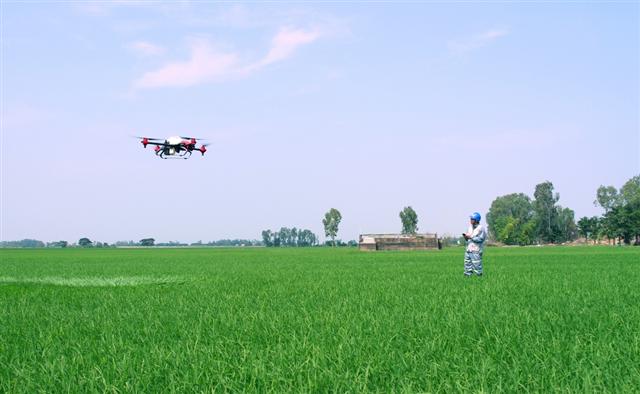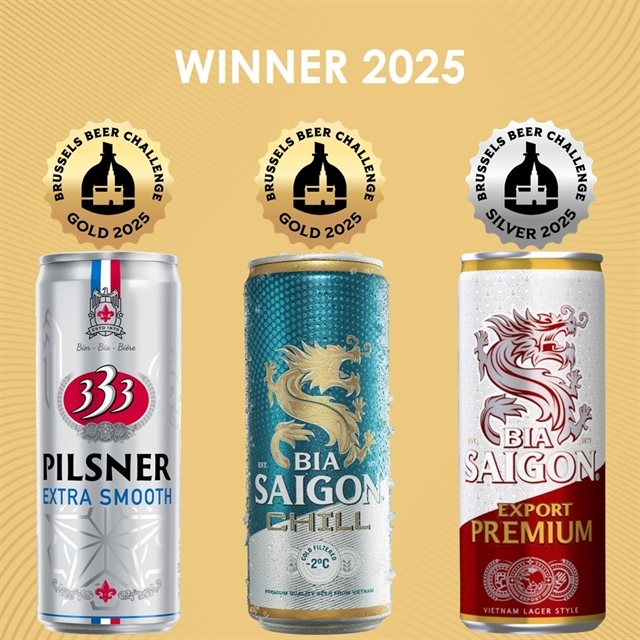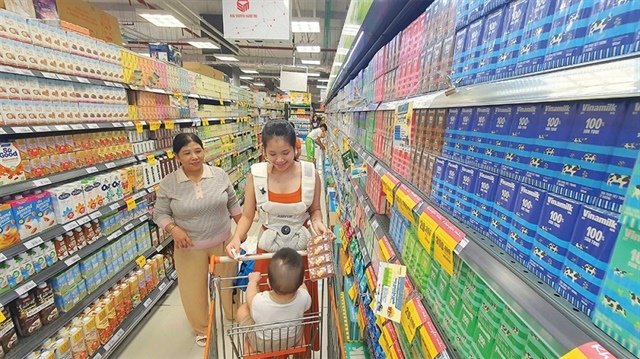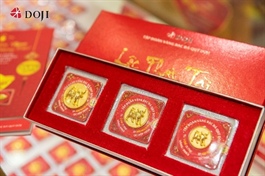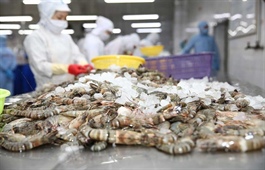Vietnamese rice exports increase 10 percent
Vietnamese rice exports increase 10 percent
Despite Covid-19 induced difficulties, Vietnam’s rice exports exceeded US$3 billion in 2020, more than 10 percent higher compared with 2019. Given this result, the rice sector is forecast to continue growing in 2021 thanks to increasing demand and the implementation of new-generation free trade agreements (FTAs).
|
Breakthroughs
In early 2020, nobody thought Vietnamese rice exports would succeed given numerous difficulties. At that time, rice exports to China were heavily affected by the Covid-19 pandemic with many orders cancelled. However, Vietnamese rice exporters quickly sought new markets to make the most of FTAs that Vietnam has signed.
The Vietnam Food Association (VFA) estimated that Vietnam’s rice exports in 2020 exceeded US$3 billion, more than 10 percent higher compared with 2019. The export price of five percent broken rice increased to US$500 per tonne, the highest level since December 2011, while prices of other rice varieties, such as ST20 and Jasmine, ranged from US$600-1,000 per tonne.
VFA Vice President Do Ha Nam said 2020 was a successful year for the Vietnamese rice sector. He attributed the success to increased demand for food in many countries due to the Covid-19 impact, and to the shift from white rice to fragrant rice in cultivation which helps enhance the competitiveness of Vietnamese rice. The Philippines, a traditional importer of Vietnamese rice with annual demand for about three million tonnes, promises to be a stable export market for Vietnamese rice.
New-generation FTAs, especially the EU-Vietnam Free Trade Agreement (EVFTA), have created major opportunities for Vietnamese rice to penetrate the European market. “Before the EVFTA took effect, Vietnam’s rice exports to the EU were limited in quantity due to tariff barriers. But since the trade deal came into force in August 2020, Vietnam has received large-volume export orders of higher value. The current quota of 80,000 tonnes committed by the EU for Vietnam’s rice exports to this market is expected to pave the way for Vietnamese rice to penetrate other discerning markets,” Do Ha Nam said.
Pham Thai Binh, General Director of the Trung An Hi-Tech Farming Joint Stock Company, said the company exported more than US$20 million worth of rice in 2020, an increase of more than US$2 million compared with 2019, and the export price grew strongly thanks to the EVFTA. Many other rice exporters said that in 2020, along with traditional markets, they achieved satisfactory results in exporting to new markets, such as Chinese Taipei, Australia, the Republic of Korea, and the EU.
2021 prospects
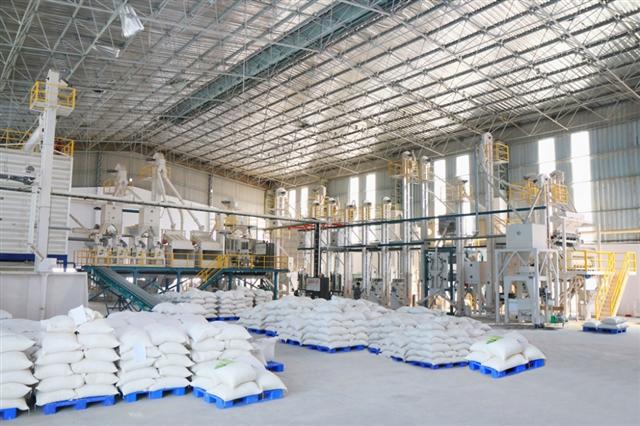
Rice quality should be strictly controlled at all stages from cultivation, processing to distribution
|
The VFA is forecasting good rice export results for 2021 as major export markets of Vietnamese rice, such as the Philippines and Africa, continue signing purchase contracts. Moreover, many countries have high demand for fragrant and glutinous rice, in which Vietnam has an advantage. There are also opportunities for Vietnamese rice to penetrate markets which have signed FTAs with Vietnam. Signatories of the FTA between Vietnam and the Eurasian Economic Union (EAEU) have pledged to provide a tariff quota of 10,000 tonnes of rice from Vietnam in 2021 (Republic of Armenia: 400 tonnes; Republic of Belarus: 9,600 tonnes). Under the UK-Vietnam Free Trade Agreement (UKVFTA), taxes applied to Vietnam’s rice exports to the UK will be reduced to zero percent with no quota limit.
To take advantage of these preferences, major rice companies, such as the Intimex Group Joint Stock Company, Loc Troi Group, VRICE Company Limited, and the Trung An Hi-Tech Farming Joint Stock Company are seeking customers from markets which have signed FTAs with Vietnam, especially the UK.
The Ministry of Industry and Trade will provide rice exporters with timely information about market demand as well as regulations and barriers stipulated in FTAs, and carry out trade promotion activities to facilitate access to new markets and customers.


